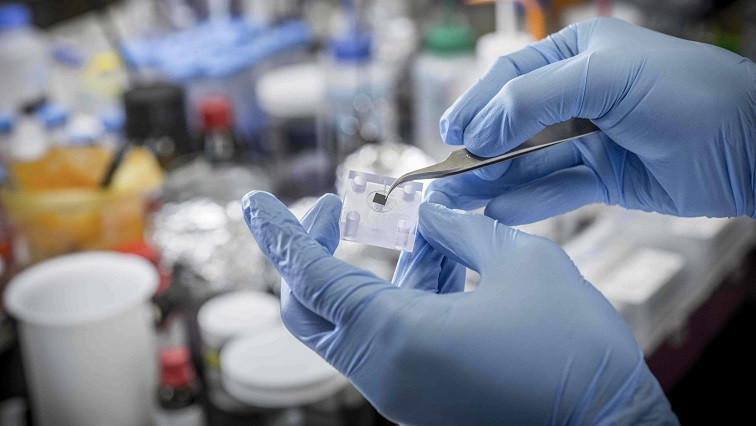SMU and the University of Rhode Island have patented an inexpensive, easy-to-use method to create solid-state nanopores (SSNs), while also making it possible to self-clean blocked nanopores.
The technique called chemically-tuned controlled dielectric breakdown (CT-CDB) addresses two key problems that have kept solid-state nanopores – which are too tiny for the human eye to see – from being used more often to build biosensors that can measure biological and chemical reactions of a given sample.
Biosensors have widespread medical applications, enabling rapid, early and effective disease diagnosis and monitoring.
“We produced nanopores that vastly surpassed legacy drawbacks associated with solid-state nanopores (SSNs) using this technique,” said one of the patent holders MinJun Kim, who is the Robert C. Womack Chair in the Lyle School of Engineering at SMU and principal investigator of the BAST Lab.
SSNs are ideal for biosensing, because they’re less costly to create compared to existing technology and allow for real-time analysis of a small sample. Plus, artificially-made SSNs are sturdier than naturally-occurring nanopores in our bodies, making them easier to use in nanodevices.
SSN devices consist of a tiny hole, or nanopore, into what’s known as a membrane, a thin sheet of material forming a barrier between two reservoirs filled with ionic solutions.
When electrical voltage is applied across the membrane, an ionic current flows through the nanopore.
To learn more about a particular substance, researchers pass a tiny sample through the pore into one of the reservoirs; each biomolecule then registers its own signal as it passes through the nanopore due to a change in the electric field. These electrical current signals make it possible to tell that substance’s biological and chemical properties.
“A fast and simple approach for fabricating a single nanopore is by using controlled dielectric breakdown, or CDB, at the nanoscale,” Kim said.
Dielectrical breakdown occurs when – after being subjected to high voltage – an electrically insulating material (a dielectric) suddenly becomes a conductor, allowing current to flow through it. CDB relies on applying a voltage across an insulating membrane to generate a high electric field, while monitoring the induced leakage current. The induced leakage current is attributed to tunneling of electrons through traps, or inherent defects present on the membranes. After a certain time, the charged traps accumulate and eventually, dielectric breakdown of the membrane occurs, resulting in a single nanopore.
But there are two consistent issues with pores fabricated from this approach: drifts in open-pore current and irreversible analyte sticking.
Drifts in open-pore current are gradual changes or fluctuations in the baseline current that flows through a nanopore when it is not obstructed. These drifts can affect the accuracy and reliability of measurements taken using solid-state nanopores.
Irreversible analyte sticking refers to when the substance being measured or analyzed – the analyte – becomes permanently bound to the nanopore, instead of passing through it.
Both issues can interfere with researchers’ ability to get long-term, consistent measurements from nanopores.
To overcome these hurdles, researchers from SMU and the University of Rhode Island have developed a method to modify CDB with a chemical additive known as sodium hypochlorite, or NaOCl, when developing SSNs with thin silicon nitride membranes.
Adding sodium hypochlorite produced nanopores that were significantly less prone to clogging than conventionally fabricated nanopores and also resulted in pores devoid of drifts in open-pore currents, researchers found. These benefits reduced the downtime between experiments.
“This resulted in dramatically different nanopore surface chemistry, which significantly improved their performance,” Kim said.
Kim is internationally-known for his contributions to the development of nano- and microbiotics and their broad applications for nanomedicine. For instance, he has developed devices that may one day deliver drugs to tumors, clear out clogged arteries, and help doctors see what’s happening inside the body’s hardest-to-reach spaces.
Read the original article on Southern Methodist University (SMU).







